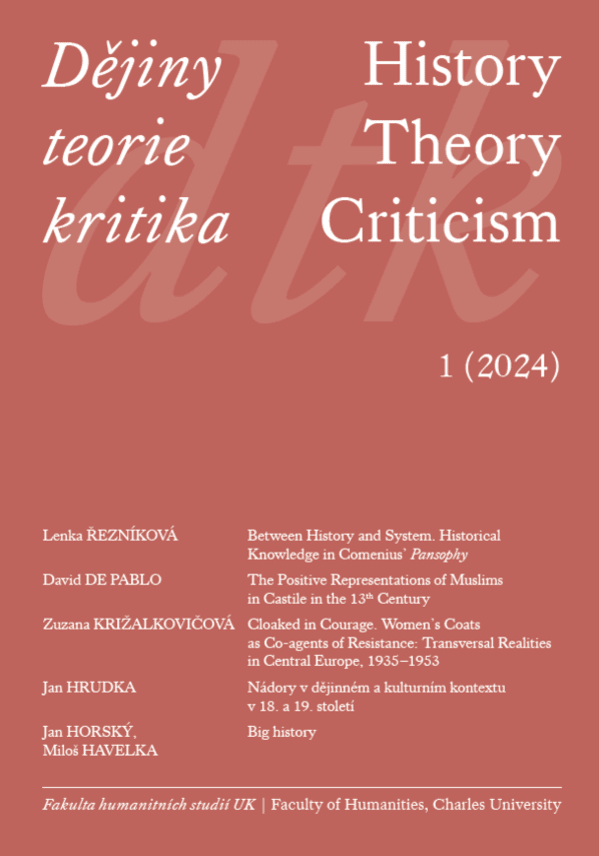Tumours in the Historical and Cultural Context of the 18th and 19th Centuries
DOI:
https://doi.org/10.14712/24645370.4578Keywords:
humoral pathology, pathological anatomy, tumour, cancer, cell theoryAbstract
The article traces the evolution of the medical paradigm from the ancient model of humoral pathology, which interprets diseases as imbalances in bodily fluids, toward pathological anatomy and experimental physiology. In the pathological-anatomical approach, the patient's internal organs cease to be mere “projection screens” of illness and instead become the actual “sites” of disease. This marks a shift from humoralism to localism or ontologism, wherein disease is no longer viewed simply as an abnormal quantity of natural humours but as a distinct entity in itself. By the 18th century, the pathological anatomy emerged as a field, replacing the ancient conception of tumours as coagulations of black bile. This was further advanced in the 19th century with the advent of cell theory, which conceptualized tumours as masses of excessively dividing cells that resist the organism's regulatory mechanisms while still being nourished by it, typically to the organism's detriment and death. The study focuses on the work of selected German- and English-speaking physicians in the 18th and, predominantly, the 19th centuries. It concludes by identifying two primary reasons for the understanding of tumours as independent parasitic entities. The first reason is the systematic cultivation of pathological anatomy in dissection rooms, alongside the development of light microscopy and histological research. The second reason lies in the societal transformations in 19th-century Europe, where absolutist states evolved into civil societies, fostering the notion of the organism as a “cellular state”—a collection of units leading both individual and collective lives. The application of this concept to tumours is evident throughout the histories of the 19th, 20th, and 21st centuries.


